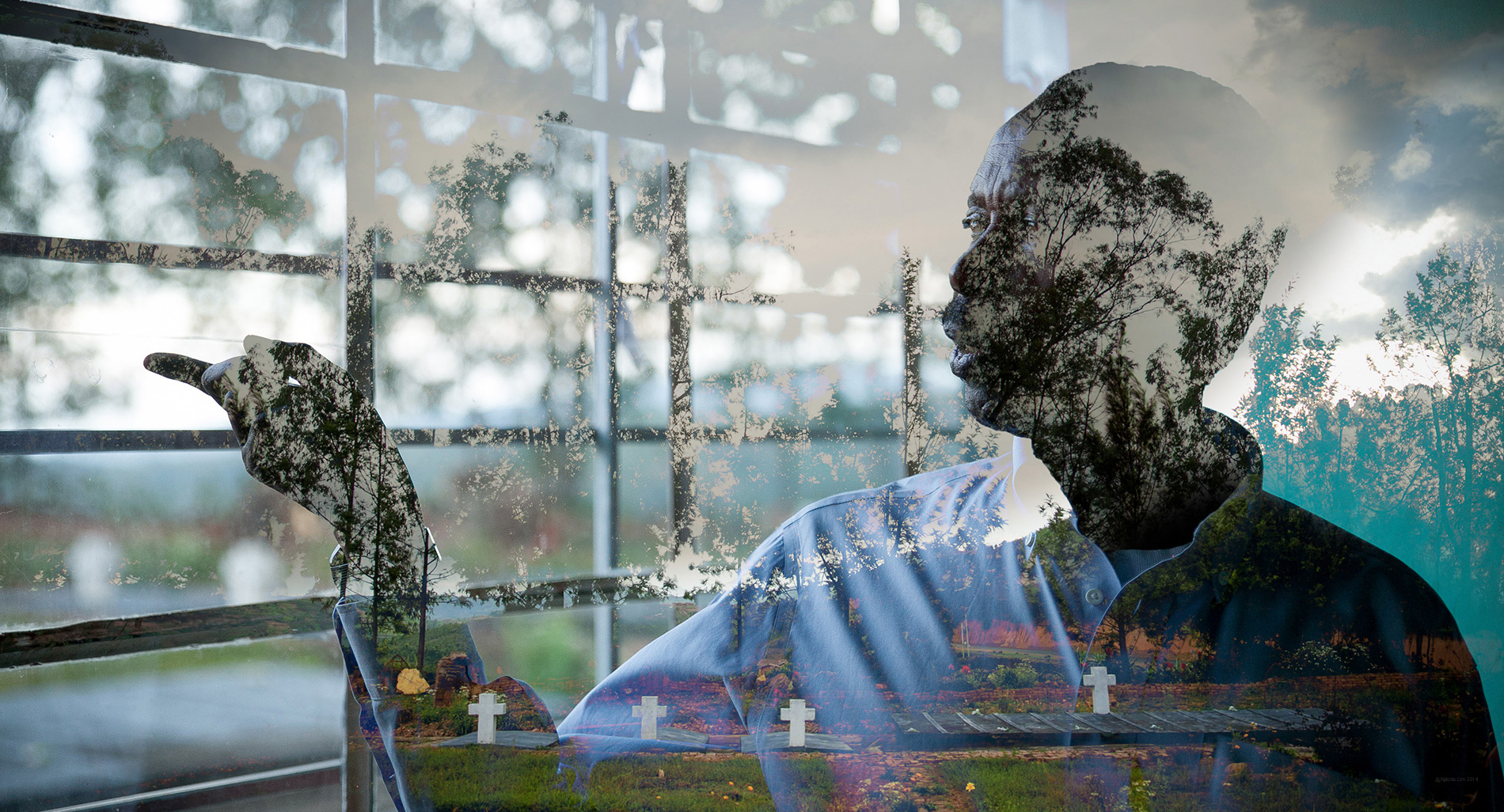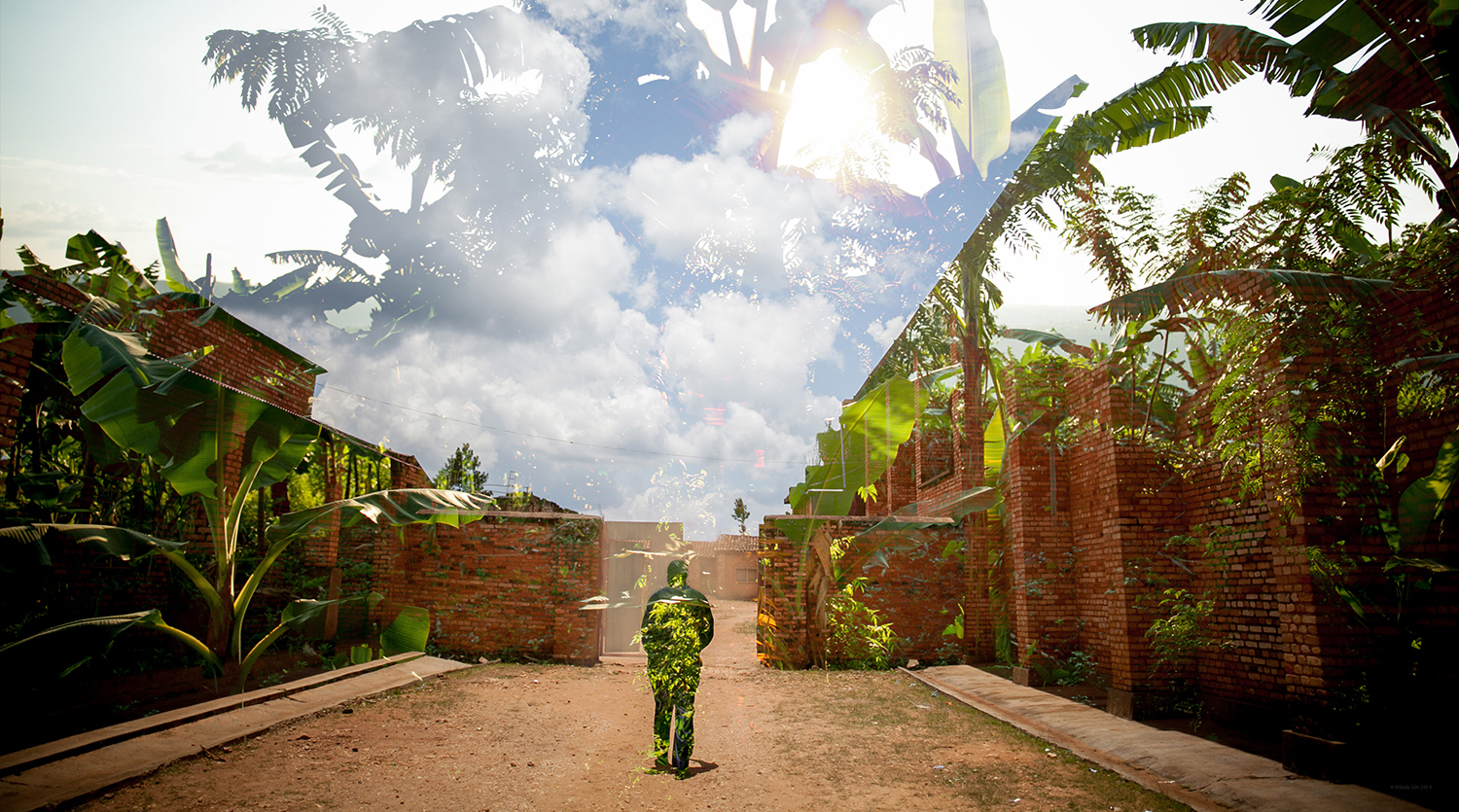
Nikole Lim is a speaker, educator, and consultant on leveraging dignity through the restorative art of storytelling.
From documenting a widow with leprosy in the jungles of Vietnam, to providing scholarships for survivors of sexual violence in Zambia, furthering social justice through the arts has been a vital part of Nikole’s vocational journey. By using film and photography, Nikole shifts paradigms on how stories are told by platforming voices of the oppressed—sharing stories of immense beauty arising out of seemingly broken situations.
Nikole is the Co-Founder and International Director of Freely in Hope, a nonprofit organization seeking to restore dignity to survivors of sexual violence by providing educational opportunities and platforms for women to fulfill their dreams. Freely in Hope operates in Kenya and Zambia providing psychological counseling, health care and high school and university scholarships for young women who desire to impact global communities through their rewritten stories.
Nikole is in the Lausanne Movement and Red Letter Christians network. She consults regularly with international organizations including The Salvation Army, International Justice Mission, and Hope International; has spoken at UN Women, Catalyst, the !deation Conference and speaks and teaches workshops at universities across the country. Nikole graduated with a degree in Film Production from Loyola Marymount University and is currently pursuing a masters in Global Leadership from Fuller Theological Seminary. She is a native of the Bay Area and can often be found in Los Angeles. Her heart beats for young women whose voices are silenced by oppression and desires to see every person realize the transformative power of their own story.
Posts By This Author
Part V: Unified in Our Common Humanity


Our fearless driver, Jacque, is a security guard. He speaks with an eloquent French accent. His words are few, but every now and then he’ll tell us a pertinent and profound fact as we drive. The tone of his voice perfectly narrates our scenic drive — whether we’re driving along the backroads of Rwanda’s hills, cruising peacefully through Kigali, or chasing elephants.
His story comes out in pieces:
When the genocide hit in 1994, Jacque was in high school studying in Kibeho, a beautiful village known for apparitions of the virgin Mary. He fled for another town to find safety with his family. The first time he’s been back to Kibeho was 20 years later, with us.
His son is now in high school at a boarding school. On our way from Kibeho, we stopped to say hello so that Jacque could give him money. Jacque was beaming with pride when he introduced us to his son.
Jacque also has a 3-year-old daughter — she’s the cutest thing.
When we visited Kigali’s Genocide memorial, Jacque stayed in the car. We found out later that the bodies of his wife’s parents are buried in the mass graves there.
His wife barely escaped death herself. When she was just 9 years old, her village was raided by the interahamwe who savagely hacked apart bodies, her parents’ included. As the genociders were merely Hutu youth who knew little about taking one’s life, victims were left beaten, mutilated, bleeding profusely — left to die. Thinking they had finished the job, the interahamwe threw all of the “dead” Tutsi bodies into a pile and moved on to the next village. She was one of the bodies — broken, but not dead. She was just a little girl — her body thrown into darkness among hundreds of other broken, bloody, and hacked-apart bodies.
When the interahamwe left, her classmate, neighbor, and friend, a Hutu, went back. She couldn’t bear the thought of losing any more of her friends to the blood-stained hands of her tribe members. She went back to dig through the piles of bodies — desperately searching for any semblance of life from the friends she held most dear. There, she found her dear friend, still grasping for breath, clinging to life, refusing to be consumed. In that moment, I can only imagine the overwhelming relief as the pendulum swung from sorrow to joy as they looked into each other’s eyes and identified with each other — literally finding life in death and hope in the midst of pain. Jacque’s wife survived only by the hopeful expectancy of a friend who intentionally went back into the destruction to pull out the life within.
Part IV: Identifying With the Oppressor

Over banana beer and fried plantains, we sat around a communal table—us and them. Together with both a victim and a perpetrator of genocide, it seemed impossible. My mind could not comprehend the juxtaposition I was seeing with my eyes—from betrayal into brotherhood, these men came. As they sat beside each other, I felt as if I were watching a live screen play of a fantastical story propagating the ideal picture of justice and reconciliation. But there was no fanfare of propaganda, no idealized sermon—just their painfully honest and vulnerable journey toward friendship. Their presence was humbling and their hearts, full of truth. Every detail of their innermost fears and failures came to life and I was left in awe.
In the various situations in my life, I’ve often asked myself this question: Which is easier—to forgive or to seek revenge? My human nature automatically errs toward seeking revenge—I’ve attempted to “punish” with silence or take away what I formerly gave as a way of protecting my broken heart. In desperation, I cling to what I know is “right.” It’s easier to identify with the victim, but to identify with the convicted? I’d rather not.
Part III: Embodying Life

I felt the ground crumbling from beneath me and so I clung to silence. Still, the sound of death was there. I tried to drown out the haunting screams echoing in my brain with my breath — but the rising and falling of my chest exhausted my efforts. In remembering those suffocated by inhumanity, I felt guilty for breathing in the sweet scent of life. Here, memories of death are inescapable in a country that holds so much beauty.
We stayed in silence together as we drove home — attempting to escape the bloody reminders of death. Home is at the Pallottine mission guesthouse built on the same campus that the Gikondo Massacre took place 20 years ago. On April 10, 1994, three days after the genocide began, the interahamwe savagely murdered 110 Tutsis in a large parish on this campus. As if simply killing wasn’t enough, the militia slowly tortured and mutilated the bodies of all Tutsis present at the church. Somehow, 11 children survived the slaughter and were hidden in another chapel by the parish nuns — I could see this chapel from the balcony of my guest room. But three days later, the interahamwe returned to Gikondo to set the chapel on fire. There were no survivors. This is the place we call “home.” The UNAMIR considered this massacre at Gikondo the first evidence of “genocide,” referring to violent crimes intending to wipe out the existence of a people group. In response to these evident systematic killings, the commander of the U.N. Peacekeepers pleaded with his superiors to allow him to intervene before more died. He said that he only needed 2,500 troops to end the slaughter within weeks to defend the Tutsis. His plan of attack against the interahamwe would stop their violent rampage. Shockingly, the U.N. denied his request and instead, required 90 percent of peacekeeping forces to withdraw from Rwanda. A month later in May, the U.N. Security Council finally voted to send 5,500 peacekeeping troops to Rwanda however, the United States stalled their deployment. Delighted by the world’s lack of response, the interahamwe continued to reign and the bloodbath escalated. One hundred days passed and still, the world did not say a word.
Joshua broke the silence,
Part II: Semblances of Hope

Next to a glass casing displaying neatly stacked skulls, Rwamasirabo flipped through the pages of a dusty notebook holding the church’s paperwork. He pulled out a church program. On it, was a photo of his former friend, Father Athanase Seromba, a 31 year-old Roman Catholic priest who was responsible for killing 3,000 of his Tutsi congregation members. The priest wore a black oxford with a white clerical collar accessorized with a distrusting mustache and a toothy smile seething betrayal. Rwamasirabo stuffed the program back into the notebook.
Rwamasirabo’s thin stature commands respect and the lines in his face convey tragic sorrow. His careful, soft-spoken voice expressed feelings of loss. With worn hands, Rwamasirabo searched through a pile of salvaged rubbish to find the chalice from which communion was served.
It reminded him of his daughter.
Part I: Remembering That Out of Death Comes Life

Conversations in the car are intense. Colonization, spirituality, politics and utter brutality, violence and betrayal — all incomprehensible factors that led up to genocide. Our conversations are set to the backdrop of thousands of lush hills and thousands of massive graves concealing bones — bones of innocent men, women, and children whose only crime was being born Tutsi. The coexistence of Rwanda’s brutal history and scenic beauty is surreal.
No matter how many questions I ask, how many stories I listen to, how many fragments of bones I see, I don’t think I’ll ever be able to understand how in just one hundred days, close to one million people were slaughtered as if they had no worth. Identifying with these stories of gross atrocity seems impossible.
“I don’t really call myself a survivor because when the one hundred days of genocide began, I was in Uganda. Even though I came back to Rwanda in the middle of the killings, I was never in an area controlled by the militia. Yes, it was risky to return to Rwanda at that time and I remember two occasions where I got very close to being killed—but my story isn’t as significant as others we will be seeing. For example, my wife’s—she survived, but barely. She doesn’t talk about it.”
Artist Statement: About the 'On Pilgrimage' Series

I was a reluctant artist, self-doubting leader and a broken soul.
I was in search of healing.
After a series of traumatic experiences that culminated with my hospitalization in Zambia, I went on a sabbatical in search of courage, tenacity, and renewal to continue in my vocation. It was early 2014, and we were entering into the year commemorating 20 years since the genocide in Rwanda. During this time, my mentors were leading a pilgrimage to Uganda and Rwanda to journey through places of immense pain and tremendous hope as a means to engage in the pain and hope in one’s active life. Because of my closely related work in Africa, I didn’t want to go — I knew I would have to intentionally delve into the hellish reality of a violent massacre I knew very little of. Simultaneously, I knew that by stepping into the pain, I would find the hope I was so desperately searching for. And so, together with eight other pilgrims, I went. We journeyed alongside of survivors and perpetrators of genocide as an attempt to identify in the incomprehensible pain that oppresses us all. It was through this experience that healing came in a profound way.